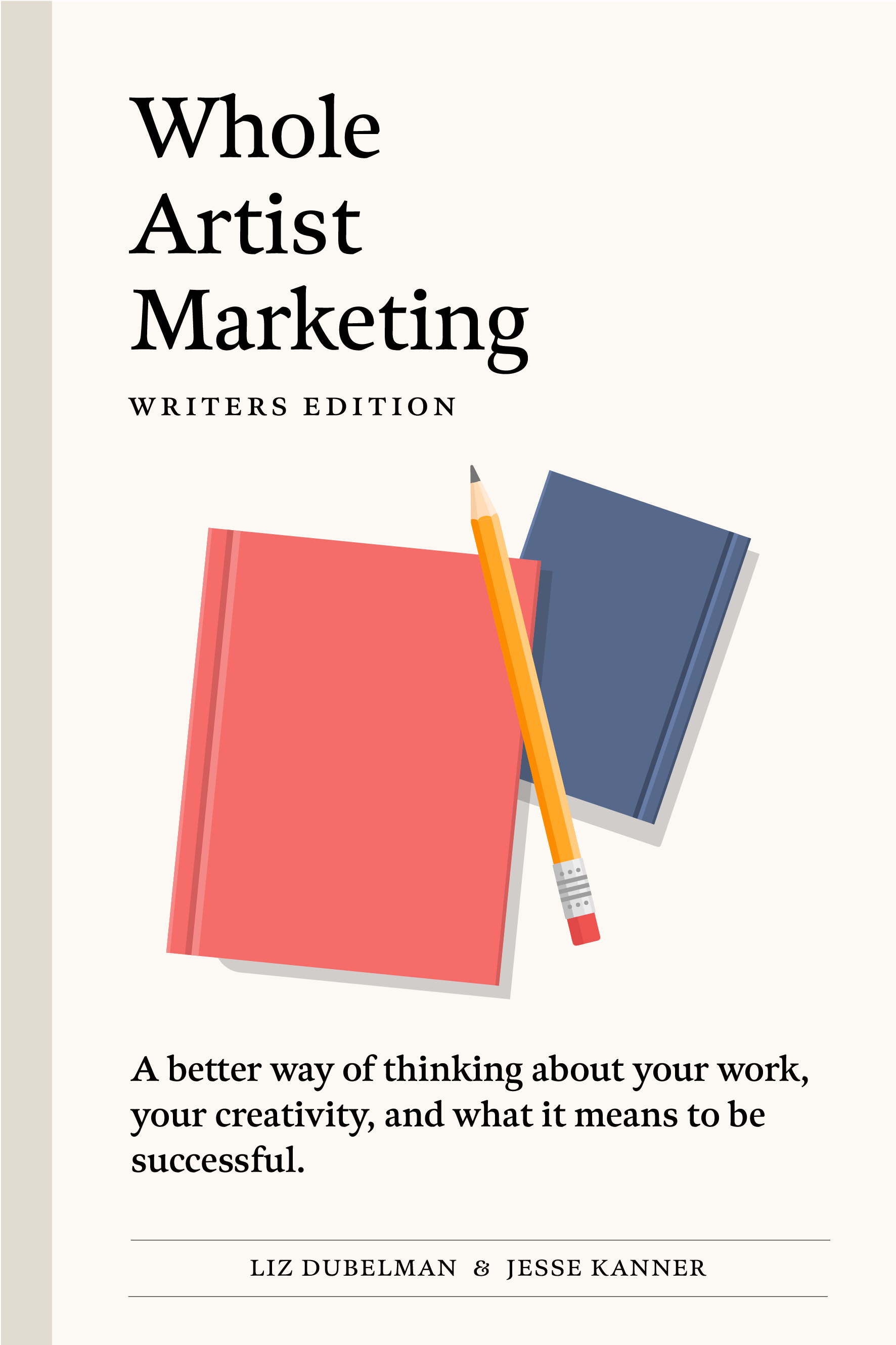The Joys of Rewriting
I think most writers would agree that getting what you want to say out of your head and onto the page is the hardest part of the creative process. I get an idea and think about it for a while (anywhere from days to weeks), jotting down key points I want to make and crafting lines that I know I’ll want to include. Finally, either because a deadline demands it or I just feel ready, I sit down and write.
Whether it’s a book, an article, or a social media post, my compulsive nature makes me write my first draft as if it’s my final one, so I’m usually pretty happy with what I’ve got. But then comes the fun part – the rewriting. Improving something I already think is good is my favorite part of the creative process.
I reread whatever I’ve written several times, each time finding new ways to make it better – rearranging paragraphs, coming up with more precise adjectives, eliminating words or phrases that may appear too often. Eventually, after reading it through a couple of times and making no further changes, I consider it finished and send it out into the world. And then, invariably, I read it again in its published form and find things I wish I’d changed.
Fifty years ago, I read a novel called Wonderland, by Joyce Carol Oates. The woman has by now written over eighty novels or novellas, along with almost fifty short story collections and several dozen other works (plays, essays, memoirs, and poetry). Wonderland was her fifth novel.
As was my wont after reading a book, I went back to read some reviews – to see how it was received and to see if there were any important things about it that I’d failed to appreciate. In those pre-Google days, this required some effort – going to a library and looking things up on microfilm. I found the New York Times review – a quite bad one – which contained this section:
At “Wonderland’s” merciful end we discover Dr. Jesse Vogel, adrift in a small boat on one of the Great Lakes. He is on top of his daughter, a drug-ridden teen-ager dying of jaundice. He has just delivered here from thralldom to speed freaks (the nearest things we have to the gypsy abductors of fiction’s palmy days):
“‘All of you. . .everyone. . .all of life, everyone. . .Always you are going away from me and you don’t come back to explain. . .’ Jesse wept. He embraced her. He clutched at her thighs, her emaciated thighs, her legs. He pressed his face against her knees, weeping.”
I was confused. I’d read the paperback version – which declared in Trumpian all caps, THIS BOOK CONTAINS THE COMPLETE TEXT OF THE ORIGINAL HARDCOVER EDITION – but this ending, and the circumstances around it, were nowhere to be found in it. “That sounded like something Jesse could have said, all right,” I wrote to Ms. Oates, who was then teaching English at the University of Windsor in Ontario, “but he sure didn’t say it in the book I read.”
A month later, she wrote back. “After concluding the novel and allowing it to be published in its original form, I was forced to realize over a period of months that the original ending was not the true ending,” she said. “How I came to this realization is too complex and far too personal to go into, but I came to see and was quite literally forced to see that a work of art is not totally under the direction of the artist, but must correspond somehow with a design, a pattern, some larger spiritual structure in which it is a very finite part, and to go against this is death. Forgive me if this sounds mystical, but I cannot explain it in rational terms.”
So, as I once said to a friend, “There is no line so good that it can’t be improved on,” to which he instantly replied, “improved upon.” (And what were either of us doing ending a sentence with a preposition, anyway?)
Paul Slansky is the author of The Clothes Have No Emperor and The George W. Bush Quiz Book. His work is frequently featured in the New Yorker. He lives in Los Angeles.

